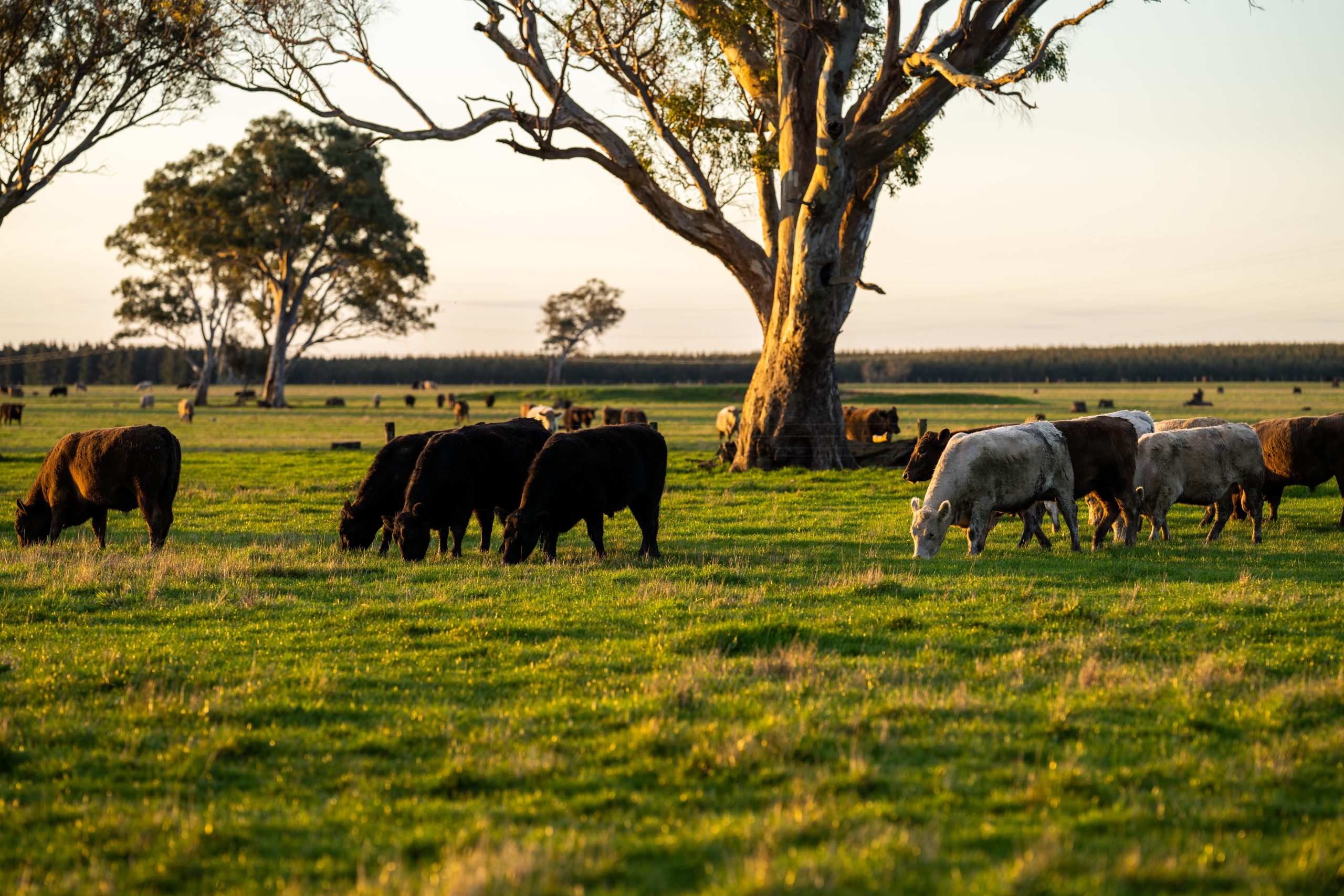Discover the Rich Heritage of Constance Cattle: A Deep Study History and Reproduction
Discover the Rich Heritage of Constance Cattle: A Deep Study History and Reproduction
Blog Article
Master the Art of Food Preparation With Turf Fed Meat
In the world of culinary expertise, understanding the art of cooking with grass-fed meat holds a prestigious placement. From the tender texture to the durable taste account, grass-fed meat presents a canvas for culinary creative thinking.
Advantages of Grass-Fed Meat

When picking grass-fed meat, consumers can gain from its greater levels of omega-3 fatty acids and antioxidants contrasted to traditionally increased meat. Constance Cattle. Omega-3 fats are crucial nutrients that sustain brain wellness, lower inflammation, and promote heart wellness. Grass-fed meat is understood to have up to 5 times more omega-3 fatty acids than grain-fed meat, making it a much healthier option for those wanting to increase their intake of these useful fats
In addition to omega-3 fats, grass-fed meat is additionally richer in anti-oxidants such as vitamins E and C, as well as beta-carotene. Anti-oxidants play an essential duty in safeguarding cells from damages brought on by cost-free radicals, which can add to numerous chronic illness and speed up aging. By going with grass-fed meat, consumers can not only appreciate an extra nutrient-dense and tasty healthy protein resource yet likewise support their total health and wellness.
Including grass-fed meat into your diet regimen can be a basic yet reliable method to enhance your nutritional consumption and reap the benefits of omega-3 fatty acids and antioxidants that are naturally plentiful in this type of meat.
Finest Cooking Approaches
Using ideal cooking methods is important to protect the nutrient profile and improve the flavor of grass-fed meat. When cooking grass-fed meat, it is essential to keep in mind that it is leaner than traditionally raised meat, making it a lot more vulnerable to drying if overcooked. To make certain a juicy and tasty result, take into consideration cooking grass-fed meat at somewhat lower temperature levels than you would with grain-fed meat.
Grilling is a popular technique for food preparation grass-fed meat as it allows excess fat to trickle away, avoiding flare-ups that can trigger charring. An additional excellent food preparation method for grass-fed meat is pan-searing.
Slow food preparation methods such as braising or cooking are likewise outstanding options for harder cuts of grass-fed meat, as they help break down the muscle fibers and soften the meat. Whichever food preparation technique you pick, bear in mind to allow grass-fed meat rest after cooking to permit the juices to redistribute, guaranteeing a moist and tender last recipe.
Flavor Pairings and Seasonings
To boost the natural flavors of grass-fed meat, tactical flavor pairings and seasonings play a vital duty in boosting the total eating experience. Grass-fed meat has a rich, unique taste that can be complemented and enhanced by thoroughly chosen components. When it concerns flavor pairings, natural herbs like oregano, rosemary, and thyme work extremely well with grass-fed beef, lamb, or bison. These natural herbs include depth and earthiness to the meat, improving its all-natural flavors without subduing them.
Along with natural herbs, spices such as black pepper, garlic, and smoked paprika can better elevate the taste profile of grass-fed meat recipes. These seasonings offer a balance of warmth, sweetness, and smokiness that can boost the general dining experience. When seasoning grass-fed meat, it is vital to make use of top notch salt, like sea salt or Himalayan salt, to highlight the meat's flavors without adding unneeded chemicals or additives.
Storage and Handling Tips
Proper storage and managing methods are crucial for keeping the quality and quality of grass-fed meat. When storing grass-fed meat, it is important to maintain it refrigerated at temperature levels below 40 ° F(4 ° C) to protect against bacterial development and putridity. To prolong the meat's service life, consider covering it snugly in parchment paper or butcher paper prior to placing it in a closed container or secured plastic bag - Constance Cattle. Stay clear of saving grass-fed meat near strong-smelling foods as it can take in smells conveniently.
When taking care of grass-fed meat, it is important to exercise excellent health to stop cross-contamination. Clean your hands extensively before and after taking care of the meat, and guarantee that all tools and surfaces that come into contact with the meat are cleansed and sterilized properly. Additionally, utilize different cutting boards for meat and veggies to avoid bacterial transfer.
Leading Grass-Fed Meat Recipes
When thinking about the finest means to relish the top quality and quality of grass-fed meat, discovering top-notch dishes can boost your cooking experience. Grass-fed meat's rich flavor and leaner account offer themselves well to a selection of meals that highlight the all-natural goodness of the meat.
If you're in the mood for something lighter, a Grilled Grass-Fed Hamburger served with fresh toppings and a side of pleasant potato fries is a tasty option. Furthermore, a Find Out More Herb-Crusted Grass-Fed Lamb ribs roasted to perfection with a medley of herbs and breadcrumbs is a show-stopping Read Full Article dish for unique celebrations. These leading grass-fed meat recipes display the flexibility and exceptional high quality of grass-fed meat, allowing you to appreciate its premium preference in numerous culinary productions.

Verdict
In final thought, mastering the art of food preparation with grass-fed meat provides various benefits, consisting of enhanced nutritional value and exceptional flavor. By utilizing the very best cooking approaches, try out flavor pairings and spices, and complying with proper storage space and taking care of ideas, you can produce healthy and tasty recipes. Check out some leading grass-fed meat recipes to boost your culinary abilities and take pleasure in the complete capacity of this top notch ingredient.
When cooking grass-fed meat, it is vital to remember that it is leaner than traditionally elevated meat, making it extra susceptible to drying out if overcooked. To make certain internet a juicy and tasty outcome, think about cooking grass-fed meat at slightly reduced temperatures than you would with grain-fed meat.
When seasoning grass-fed meat, it is important to use top notch salt, like sea salt or Himalayan salt, to bring out the meat's flavors without including unneeded chemicals or ingredients.
Grass-fed meat's abundant flavor and leaner account provide themselves well to a range of recipes that highlight the natural goodness of the meat. These leading grass-fed meat dishes display the convenience and premium top quality of grass-fed meat, enabling you to appreciate its remarkable preference in various culinary productions.
Report this page